In today's digital landscape, video content has become an integral part of marketing, entertainment, and communication strategies.
Whether you're a content creator, marketer, or business owner, leveraging video distribution platforms can help you reach a wider audience and maximize the impact of your videos.
In this blog, we will explore the 20 best video distribution platforms, highlighting their pros and cons and providing insights on how to make the most of these platforms.
- YouTube
- Vimeo
- Facebook
- Instagram
- TikTok
- Twitter
- LinkedIn
- Snapchat
- Pinterest
- Dailymotion
- Vevo
- Rumble
- Reddit
- Twitch
- Veoh
- SproutVideo
- Wistia
- Viddler
- Vidyard
- Brightcove
1. YouTube
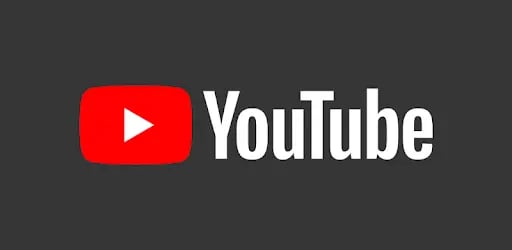
YouTube is the first choice for content creators when it comes to video distribution.
And we aren’t surprised by this. YouTube has 2.1 billion active monthly users all over the world.
Such a massive user base makes YouTube the prime platform for getting a lot of eyeballs on your content.
Which is to say, knowing how to make a YouTube video is an invaluable skill that is sure to pay dividends in the long run.
YouTube gives you a platform to make an impact with your content, be it from your YouTube intros all the way to your channel trailer.
Pros of Youtube:
- Largest user base and global reach
- Monetization options
- Easy-to-use analytics and audience insights
Cons of Youtube:
- High competition
- Algorithm changes
- Copyright concerns
How to use YouTube effectively:
- Regularly post content with keyword research
- Make sure to include your keyword once in the title and twice in the description
- Use chapters to split out long-form content
2. Vimeo
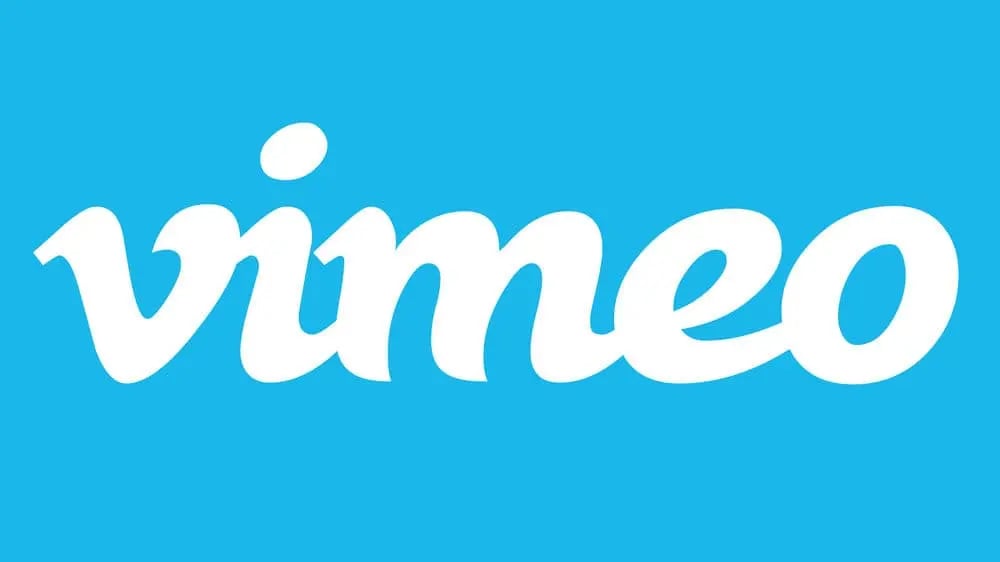
Another worthy contender that rivals YouTube for being a great video distribution platform is Vimeo.
With over 80 million registered users and 715 million monthly video views, Vimeo also proves to be a great video distribution platform for content creators.
Pros of Vimeo:
- High video quality
- Ad-free experience
- Customizable player
Cons of Vimeo:
- Smaller user base compared to YouTube
- Limited monetization options
- Fewer social sharing features
How to use Vimeo effectively:
- Emphasize visual quality
- Engage with the Vimeo community
- Choose the style and type of video effectively
3. Facebook

The next video distribution platform on our list is Facebook and you don’t have to look far to see why.
Over 100 million hours of video is consumed every single day on Facebook.
After all these years, Facebook still stands strong when it comes to getting peak visibility on your video content.
Pros of Facebook:
- Large user base
- Strong social sharing features
- Targeted advertising options
Cons of Facebook:
- Declining organic reach
- Limited monetization options
- Platform constraints
How to use Facebook effectively:
- Create attention-grabbing videos
- Encourage engagement
- Leverage targeted advertising
4. Instagram

Instagram has seen a lot of ups and downs since its inception as a photo-sharing app.
But with advancing times, they have become one of the most favored platforms for both photos and videos.
Instagram Videos have found their way into posts and Instagram Stories in the blink of an eye.
This is evidenced by the fact that Instagram is the 8th most visited website in the world with over 2 billion active monthly users.
With the introduction of Instagram reels, it has now become one of the most trusted video distribution platforms in the world.
Pros of Instagram:
- Visual appeal
- Strong engagement
- Ideal for short-form videos
Cons of Instagram:
- Limited video length
- Organic reach challenges
- Limited monetization options
How to use Instagram effectively:
- Create visually appealing and concise videos as reels
- When using reels, try to use trending music
- Utilize hashtags and captions
- Engage with your audience through comments and DMs
5. TikTok
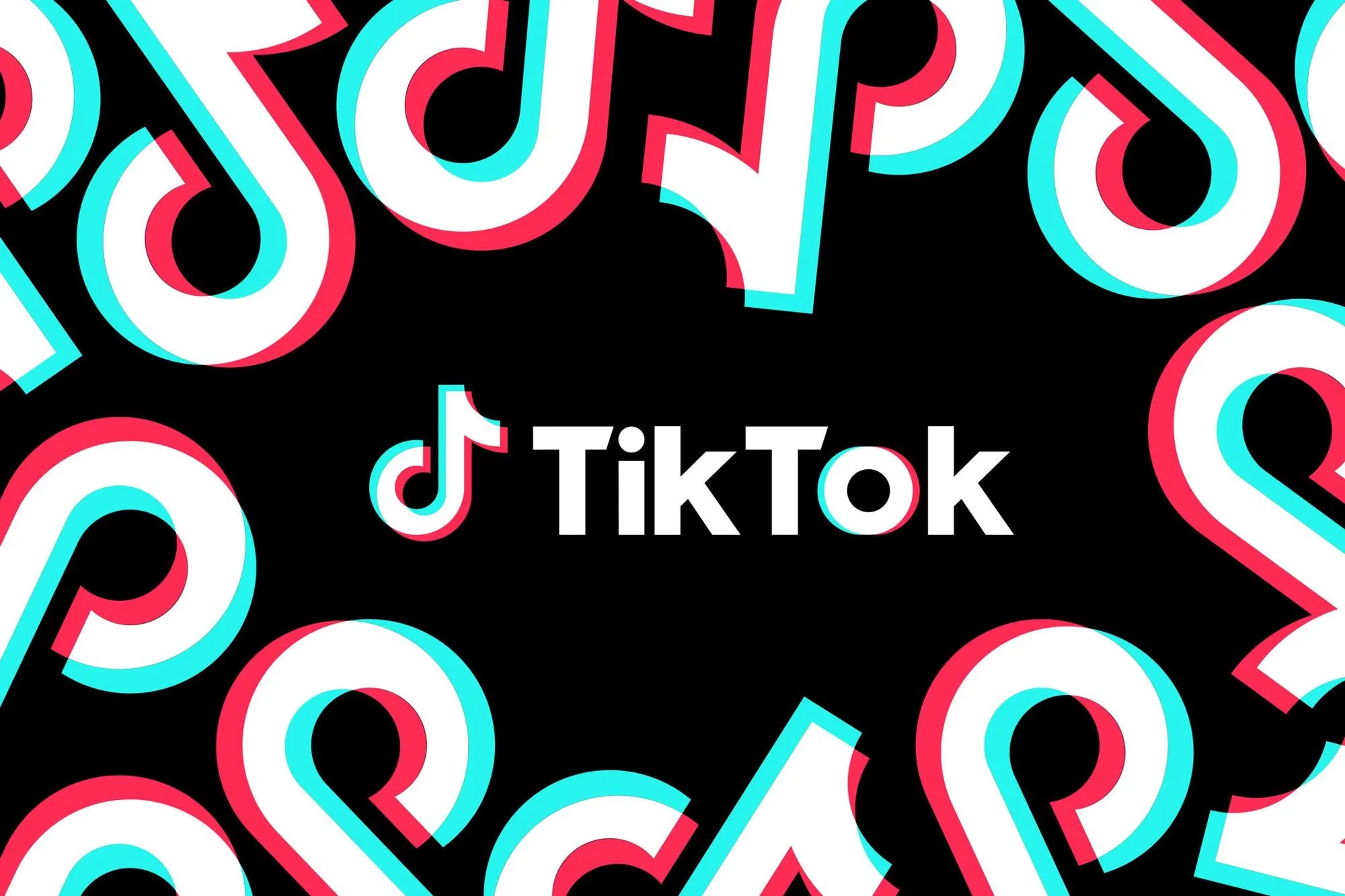
TikTok is the leading short-form content platform in the world.
It is by far the most downloaded social media app with 3 billion total downloads and 50 million active daily users.
With the popularity of short-form content on the rise, platforms like TikTok is at the forefront of getting noticed by millions of people worldwide (with the chance of going viral someday).
Pros of TikTok:
- Massive user base, particularly among younger demographics
- Viral potential
- Creative editing tools
Cons of TikTok:
- Short video format limitations
- Copyright concerns
- Limited monetization options
How to use TikTok effectively:
- Embrace creativity and trends
- Utilize popular music and effects
- Engage with the TikTok community
6. Twitter

Ever since Elon Musk took over, Twitter has been in the news pretty frequently.
But did you know that Twitter amasses over 2 billion video views every day?
For a mostly text based social media platform, this is simply insane.
Twitter has now become a very lucrative video distribution platform for anyone and everyone who want their content to be seen by the right people.
Pros of Twitter:
- Real-time engagement
- Hashtags and trending topics
- Amplification through retweets
Cons of Twitter:
- Video length limitations
- Crowded content feed
- Limited monetization options
How to use Twitter effectively:
- Create concise and impactful videos
- Utilize trending hashtags
- Engage in conversations and reply to comments
7. LinkedIn
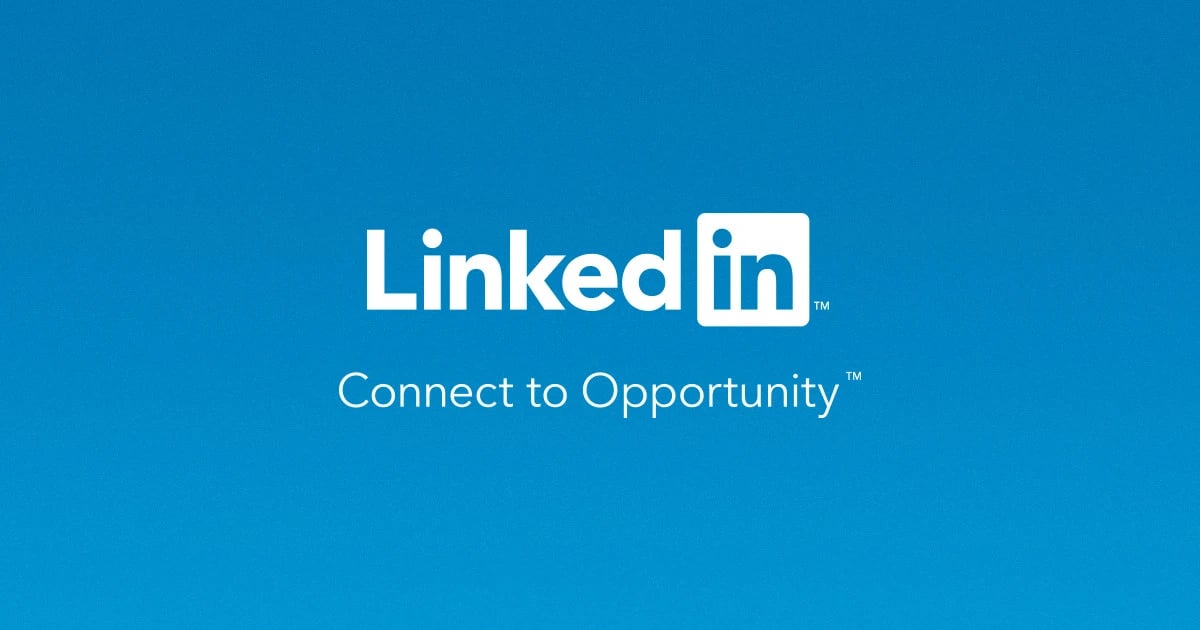
Whenever people think of networking, they think of LinkedIn.
Text posts are mostly prevalent on the platform but video posts are not far behind.
In one year, LinkedIn’s video posts generated over 300 million post impressions in the platform.
This makes LinkedIn a great choice as a video distribution platform.
Pros of LinkedIn:
- Professional networking opportunities
- B2B marketing potential
- Targeted audience for industry-specific content
Cons of LinkedIn:
- Limited organic reach for videos
- Professional tone constraints
- Limited video editing features
How to use LinkedIn effectively:
- Share industry insights and thought leadership videos
- Join relevant groups and engage with professionals
- Utilize LinkedIn ads for targeted video promotion
8. Snapchat

Snapchat is not your run-of-the-mill social media platform.
It has a unique identity of its own.
Ever since its inception in 2011, Snapchat has had a steady user base for more than a decade now.
As of October 2022, Snapchat had 576 million users with 347 million active daily users.
Snapchat is still in the game and a worthy platform to show your content to your target audience.
Pros of Snapchat:
- Younger audience engagement
- Augmented reality (AR) filters and lenses
- Storytelling Potential through Snaps and Stories
Cons of Snapchat:
- Limited video length
- Disappearing content
- Limited analytics and insights
How to use Snapchat effectively:
- Create short and engaging videos
- Utilize AR filters and lenses to enhance creativity
- Consistently share content on your Snapchat Story
9. Pinterest

When it comes to Pinterest, it was first introduced as an image-sharing platform, just like Instagram.
But slowly it has become quite capable in the video sharing department as well.
Pinterest users worldwide watch close to a billion videos a day which is surprising for a platform that isn’t generally associated with videos.
This is evidence that Pinterest shows great potential as a video distribution platform.
Pros of Pinterest:
- Visual discovery and inspiration
- Longevity of content
- Ideal for instructional and DIY videos
Cons of Pinterest:
- Less focus on video content
- Limited organic reach
- Fewer engagement features
How to use Pinterest effectively:
- Create visually appealing video pins
- Optimize video descriptions and keywords
- Participate in relevant group boards
10. Dailymotion
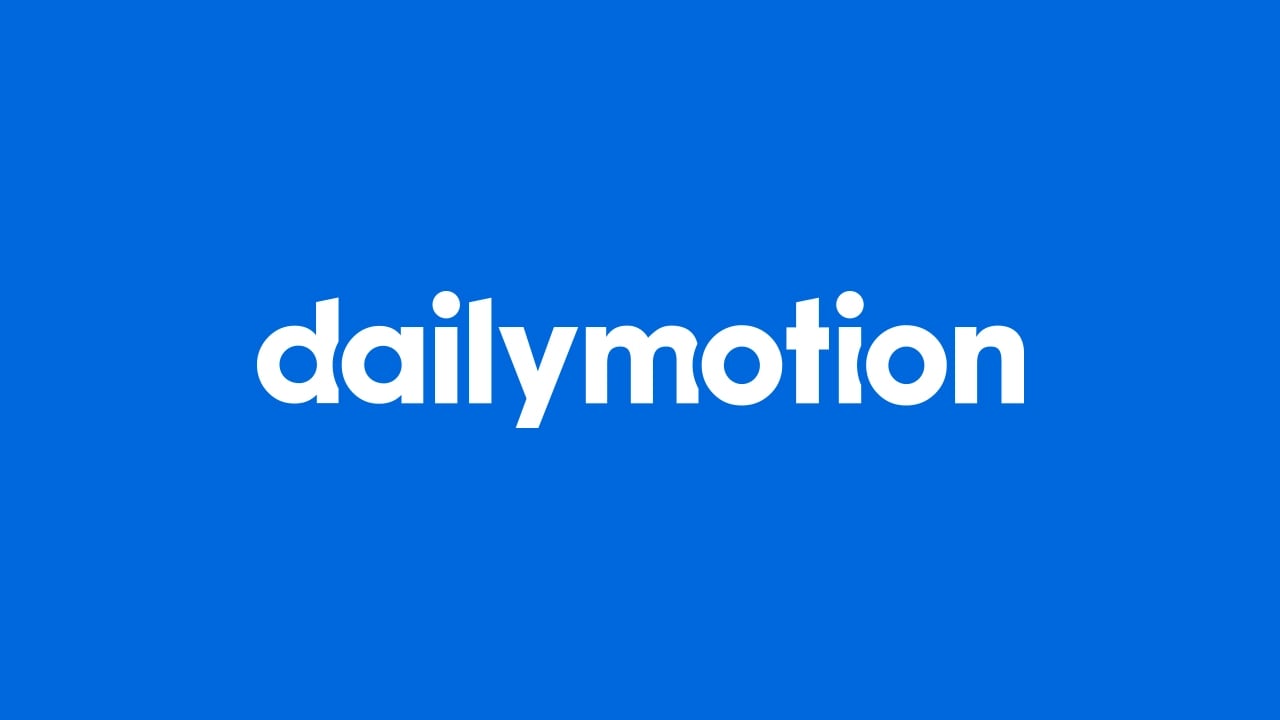
Dailymotion is a French video sharing platform and a capable one at that.
Dailymotion has over 150 million videos on the platform with 3.5 billion video views every month.
Such a vast user-base is simply pointing at the fact that when it comes to video distribution, Dailymotion is a really great choice among other really great choices.
Pros of Dailymotion:
- Global reach
- Monetization options
- High-quality content discovery
Cons of Dailymotion:
- Smaller user base compared to YouTube
- Limited analytics and insights
- Copyright concerns
How to use Dailymotion effectively:
- Upload high-quality and engaging videos
- Utilize tags and descriptions for better discoverability
- Engage with the Dailymotion community
11. Vevo
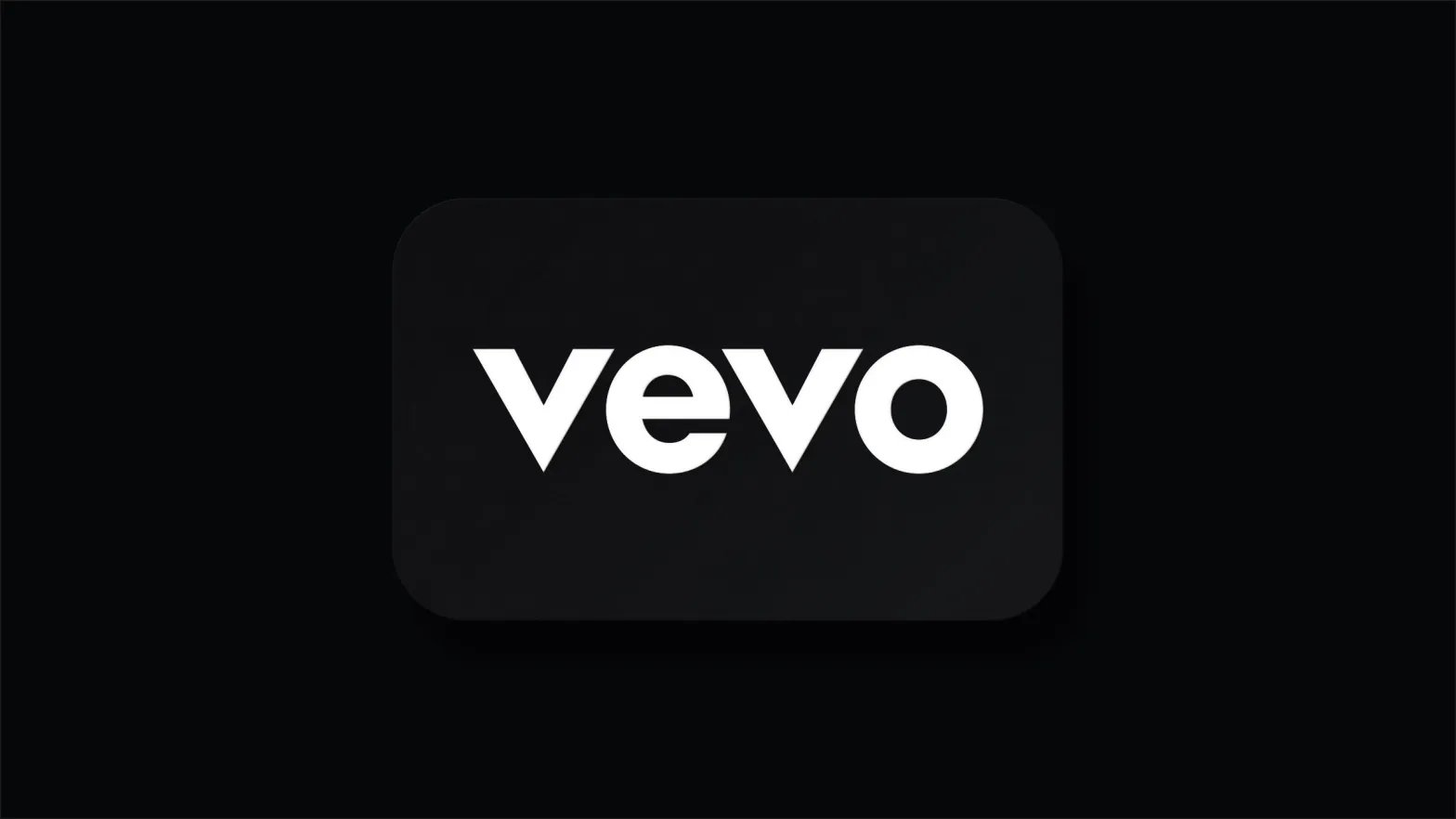
Who doesn’t know about Vevo.
It is the leading music video hosting service in the world with over 26 billion video views every single month.
If you are a musician or a content creator in the music industry, Vevo should be your go-to music video distribution platform.
Pros of Vevo:
- Dedicated music video platform
- High-quality music content
- Partnered with major record labels
Cons of Vevo:
- Limited to music-related content
- Copyright restrictions
- Less user engagement compared to other platforms
How to use Vevo effectively:
- Focus on music-related content, including official music videos and behind-the-scenes footage
- Collaborate with artists and labels for exclusive releases
- Promote your videos through social media and other channels
12. Rumble
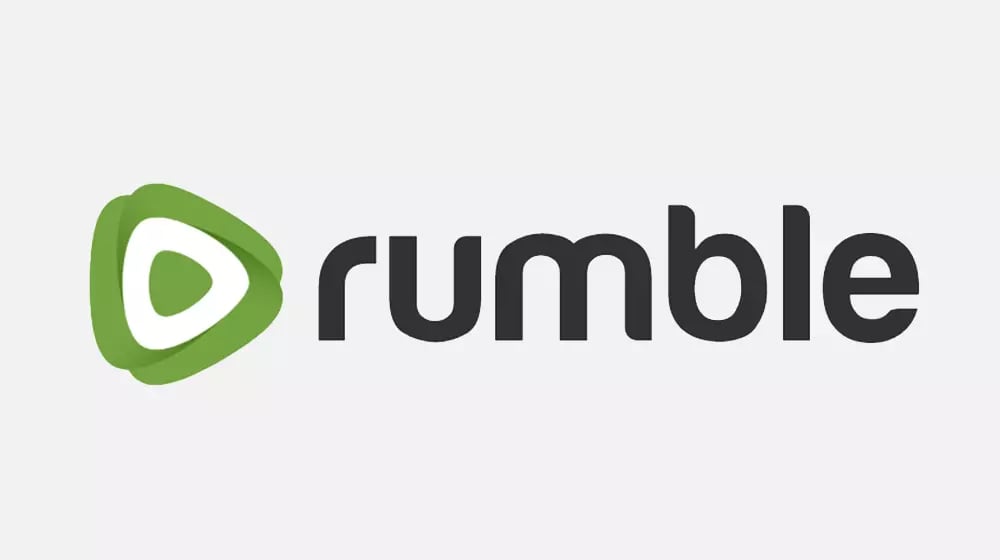
Very few people know about Rumble.
But it’s a video-sharing platform unlike anything else.
For context, during the fourth quarter of 2022, the active users of this unknown video-sharing platform surpassed 80 million users.
The platform has now become symbolic for giving its users an avenue to practice their right to free speech and the creative freedom to post their content without scrutiny.
Pros of Rumble:
- Flexible and moral community guidelines.
- Monetization options available.
- Unstrict moderation over users and creators on the platform.
Cons of Rumble:
- Not that popular.
- Difficult to use as compared to popular counterparts.
- Not as mature as other platforms like YouTube in terms of user experience.
How to use Rumble effectively:
- Make sure you read their community guidelines carefully before posting content.
- Have a consistent upload schedule.
- Study other content creators on Rumble to see what works on the platform.
13. Reddit
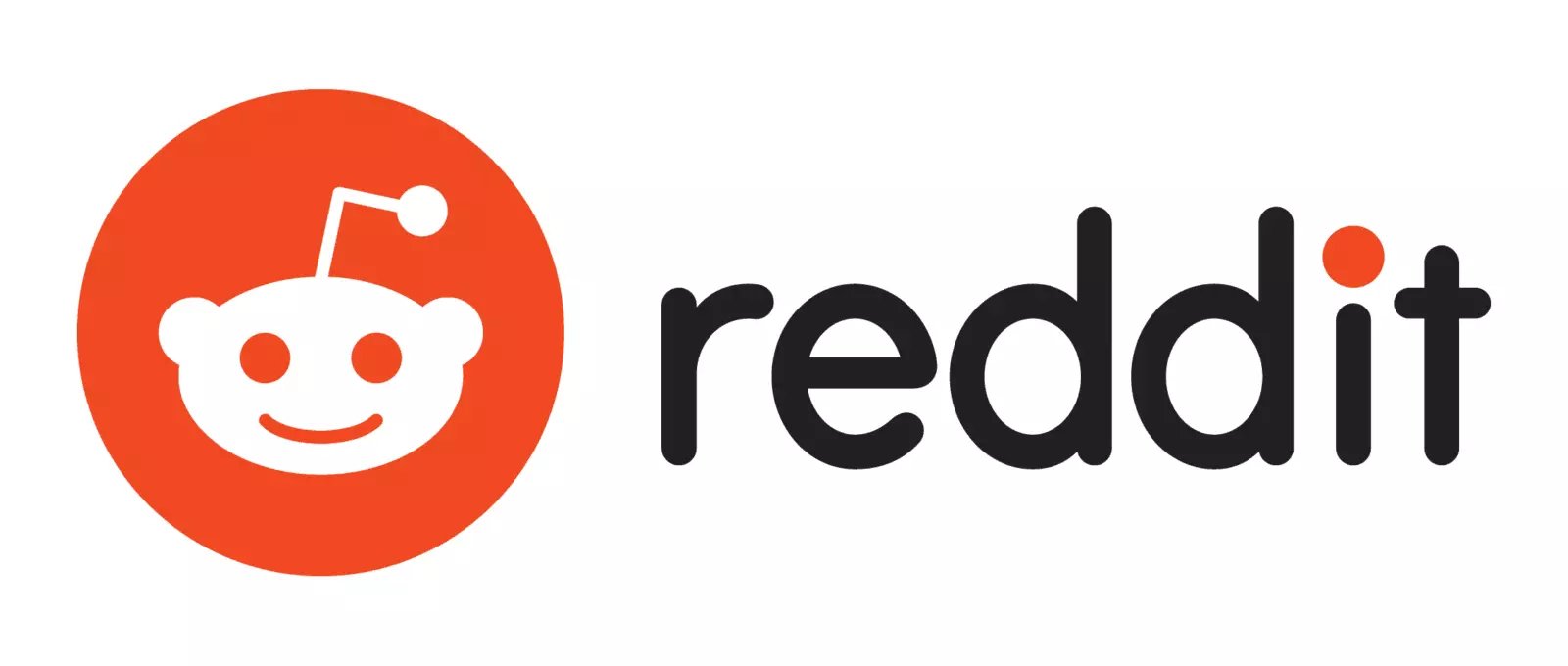
Let’s talk about Reddit.
Very famously known as “the front page of the Internet”, Reddit consistently attracts over 430 million, monthly users.
It has truly stood the test of time as one of the most trusted social media platforms in the world.
It is also a very capable video-sharing platform with millions of users checking out video content every single second on Reddit.
Pros of Reddit:
- Niche-focused communities (subreddits)
- Viral potential through upvotes and awards
- Direct engagement with targeted audience
Cons of Reddit:
- Strict self-promotion rules
- Trolling and negative comments
- Limited video hosting options
How to use Reddit effectively:
- Participate in relevant subreddits and contribute valuable content
- Share videos in the appropriate communities
- Avoid excessive self-promotion and engage in discussions
14. Twitch
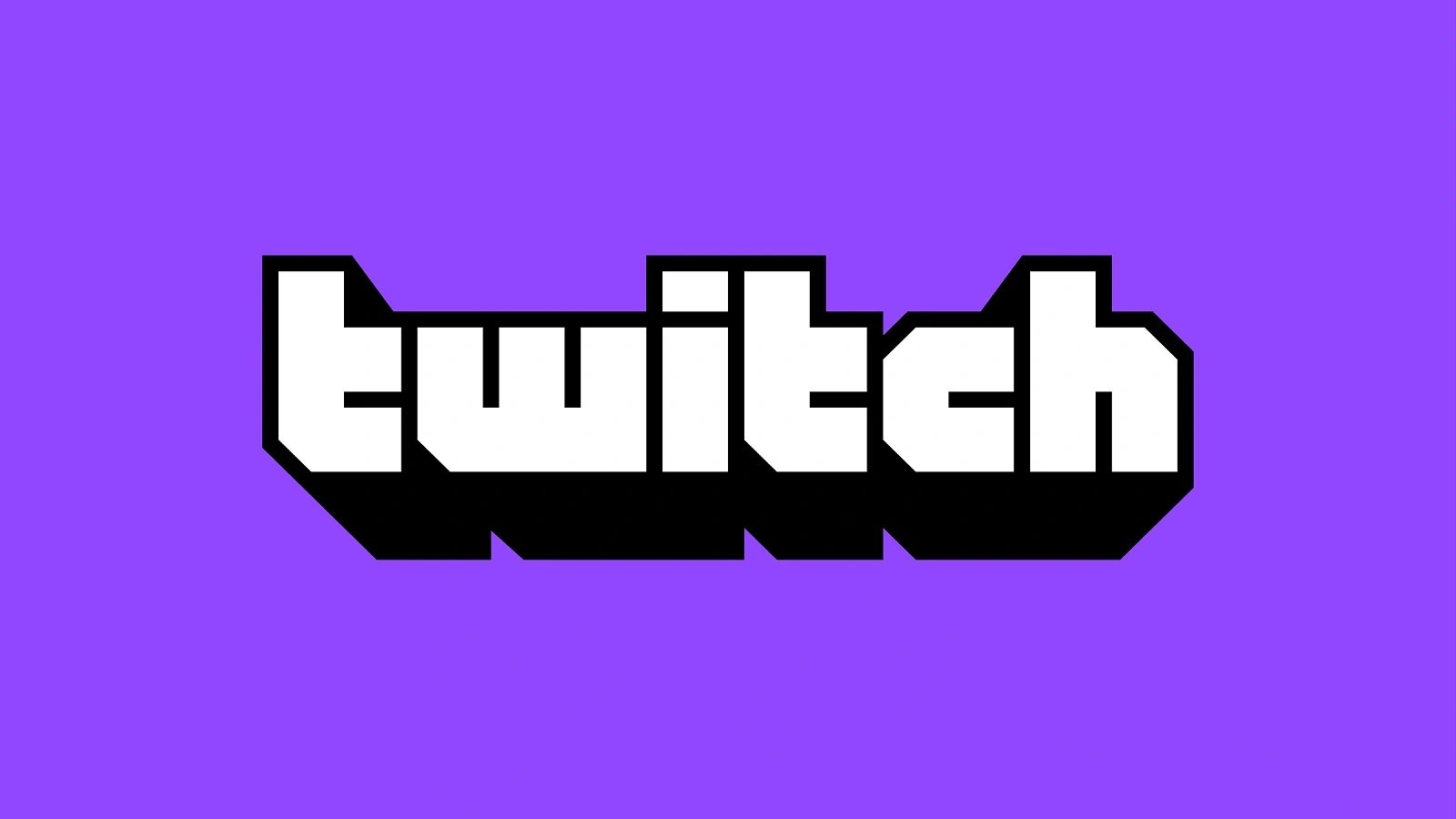
Live streaming is another great way to make content in the most genuine way possible.
And the leading video streaming platform, you guessed it, is Twitch.
600 billion minutes of content has been consumed on Twitch to date and that number is simply mind-boggling.
Twitch was one of the first platforms dedicated to video streaming.
This makes Twitch one of the leading video distribution platforms out there.
Pros of Twitch:
- Most popular live streaming platform in the world.
- Wide organic reach.
- Direct engagement with target audience.
Cons of Twitch:
- Complex content and channel moderation.
- Content can’t be repurposed to other platforms.
- High commissions charged by Twitch on monetized streamers.
How to use Twitch effectively:
- Have a consistent streaming schedule.
- Stream content based on your target audience.
- Interact with your audience on a regular basis.
15. Veoh
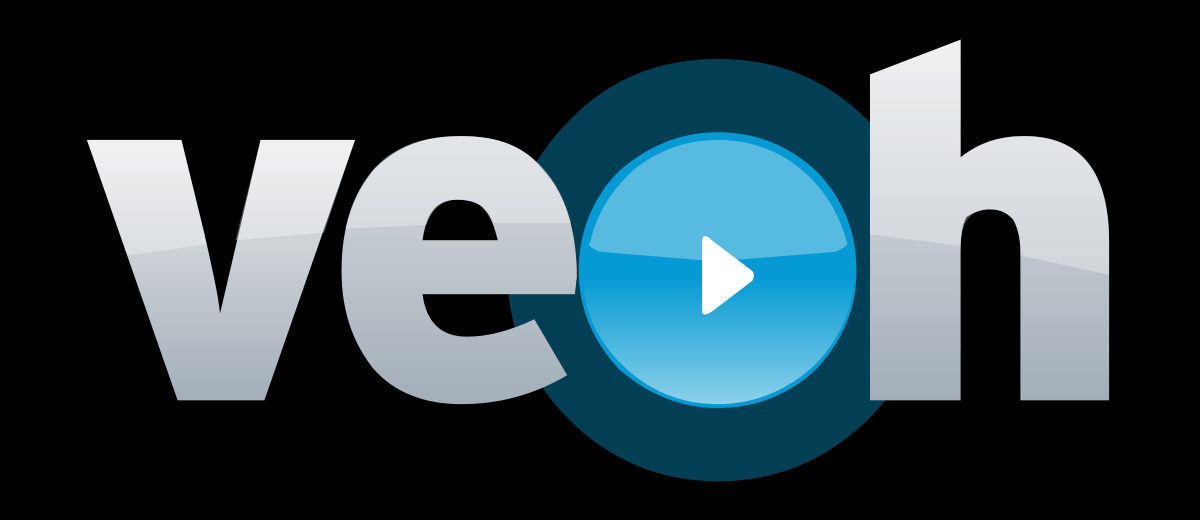
Many people might not know about Veoh but they should.
It consistently clocks in millions of daily users and is a great choice for content creators.
Since its inception in 2005, it has been in the game for 22 years now and is still going strong.
That, in our opinion, is very impressive.
Pros of Veoh:
- Broad content categories, including movies, TV shows, and music videos
- Global reach and diverse audience
- Ability to upload longer videos compared to other platforms
Cons of Veoh:
- Smaller user base compared to major platforms
- Limited monetization options
- Less engagement compared to popular platforms
How to use Veoh effectively:
- Upload high-quality and full-length videos
- Categorize your videos appropriately for better discoverability
- Promote your Veoh videos through other channels
16. SproutVideo
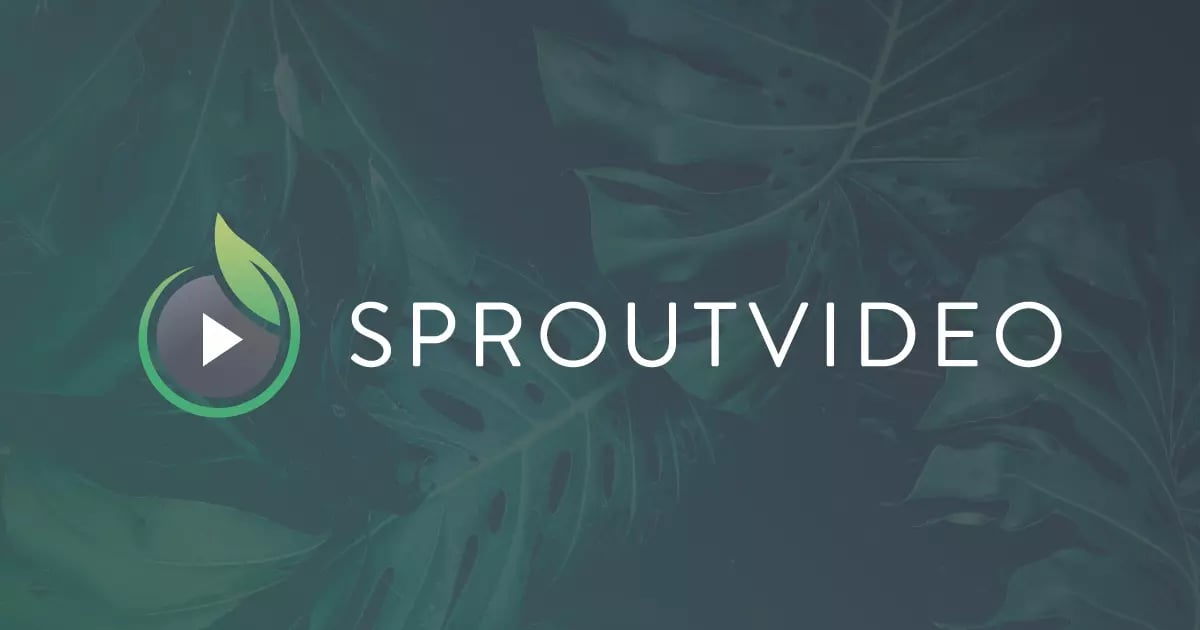
SproutVideo is a video hosting platform for businesses being the 17th most popular site in the United States in the Enterprise category.
Its live streaming and video hosting infrastructure is simply the best and thus makes it a great video distribution platform choice for content creators and businesses.
Pros of SproutVideo:
- Video hosting and privacy controls for businesses
- Advanced security features and access restrictions
- Detailed analytics and viewer engagement metrics
Cons of SproutVideo:
- Primarily focused on business users
- Higher pricing compared to some other platforms
- Limited visibility and discoverability
How to use SproutVideo effectively:
- Host and share your business-related videos securely
- Utilize privacy controls and access restrictions to protect sensitive content
- Leverage analytics to gain insights into viewer behavior and improve your video strategy
17. Wistia
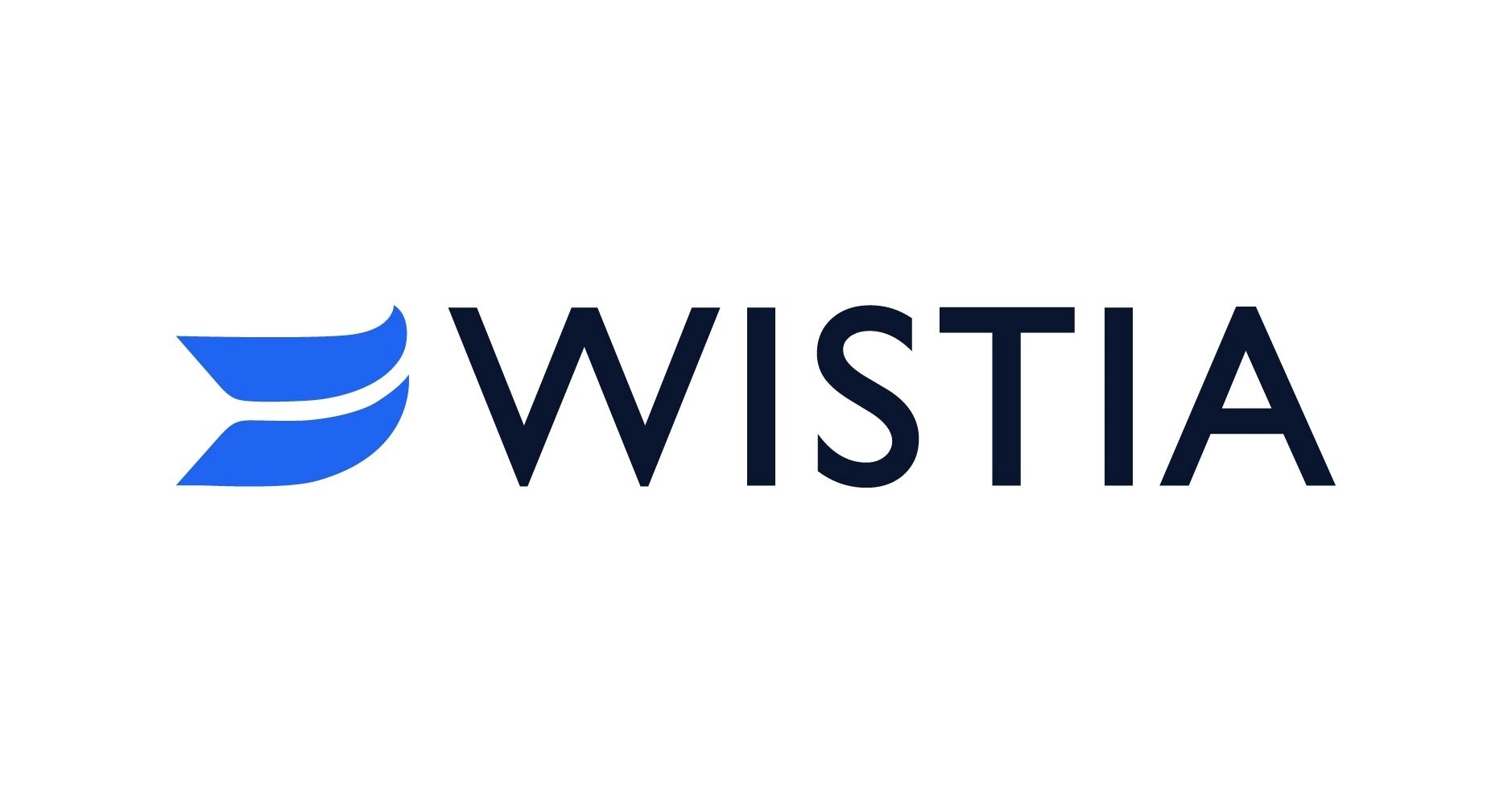
When it comes to a video hosting site that’s pretty popular in the corporate world, Wistia immediately comes to mind.
Over 425,000 marketers all around the world rely on Wistia for driving their business growth.
They say that Wistia is a platform that does it all.
And we wished we could agree more.
Pros of Wistia:
- Video hosting and analytics for businesses
- Customizable video player and branding options
- Advanced analytics and heatmaps for viewer behavior
Cons of Wistia:
- Primarily focused on business users
- Limited organic discoverability
- Premium pricing for advanced features
How to use Wistia effectively:
- Host your business-related videos and embed them on your website
- Utilize customizable player features to align with your brand identity
- Leverage analytics to understand viewer behavior and optimize your videos
18. Viddler
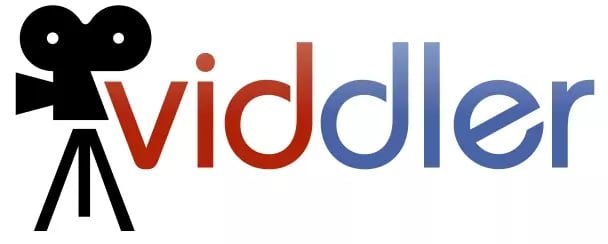
Viddler is an online sales training platform which relies heavily on video content.
With over 7 million embed views daily and 3000 videos uploaded every single day on the platform, it just goes on to show that Viddler is reliable when it comes to video content and extremely viable when it comes to a video distribution platform.
Pros of Viddler:
- Interactive video options
- Detailed analytics and engagement metrics
- Customizable video player and branding options
Cons of Viddler:
- Smaller user base compared to major platforms
- Limited monetization options
- Less visibility and discoverability
How to use Viddler effectively:
- Create interactive videos for engaging user experiences
- Analyze viewer data to improve your video strategy
- Customize the player and branding to align with your brand image
19. Vidyard
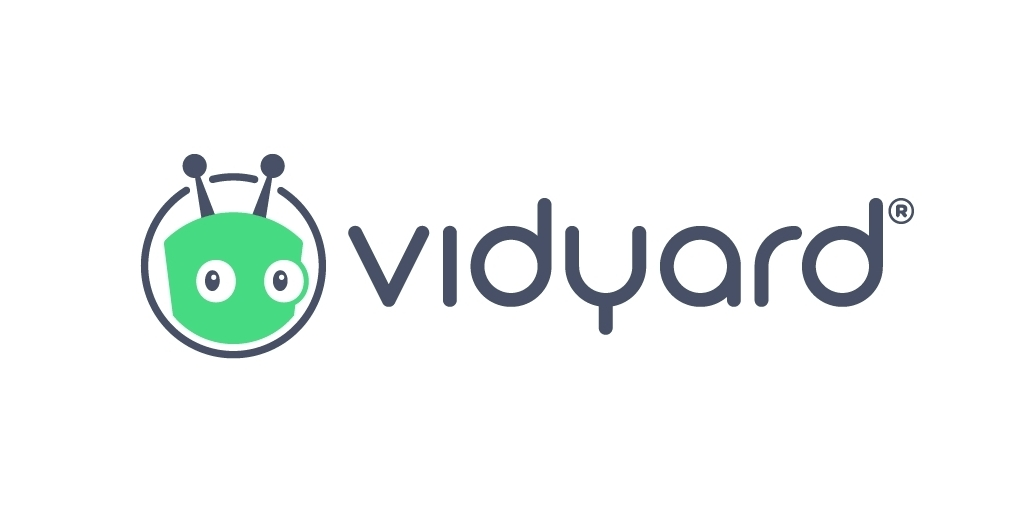
Virtual sales have grown in popularity in recent years, especially for sales and marketing teams all around the world.
And Vidyard is at the forefront of virtual sales using video content for years now.
Vidyard purely believes in the power of video and has built its platform in a way that you can truly realize the potential of your video content.
Pros of Vidyard:
- Video hosting and analytics for businesses
- Personalized video messaging options
- Integration with CRM and marketing automation platforms
Cons of Vidyard:
- Primarily focused on business users
- Higher pricing for advanced features
- Limited organic discoverability
How to use Vidyard effectively:
- Utilize personalized video messaging for sales and customer communication
- Integrate with CRM and marketing automation platforms to track engagement
- Leverage analytics to measure the impact of your videos and optimize your strategy
20. Brightcove
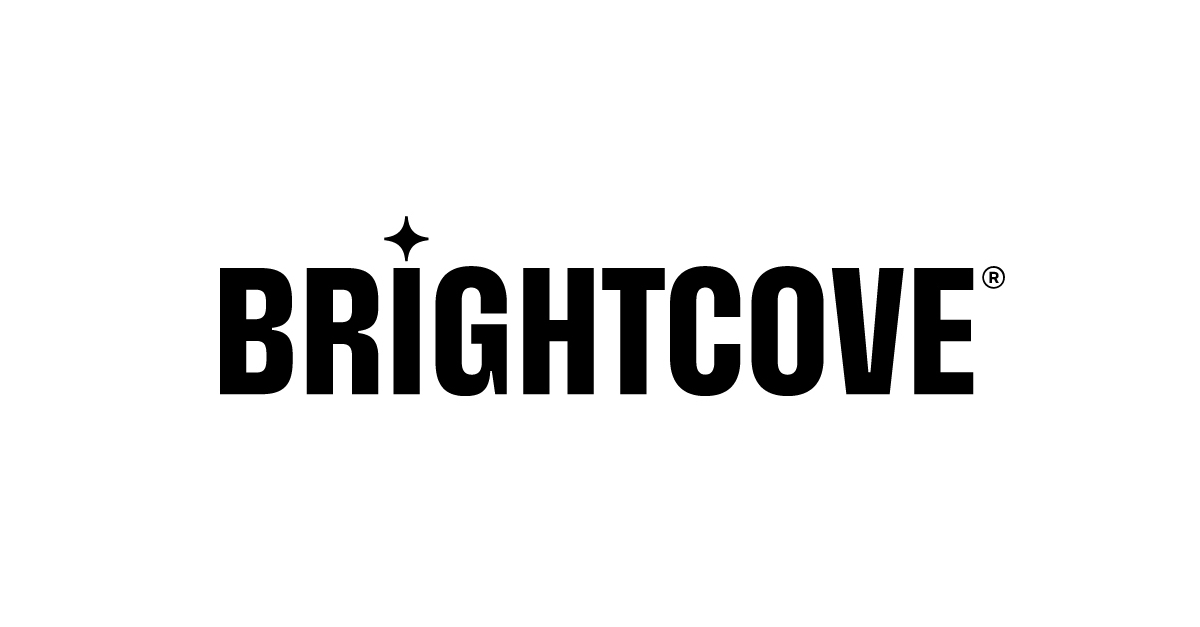
We are going to conclude the list with Brightcove which is an Emmy award-winning video streaming platform.
It’s the world’s most trusted streaming technology company and has been in operation since 2004.
Their professional website is a sight of perfection to behold.
It's one of our most recommended choices as a video distribution platform for businesses and content creators alike.
Pros of Brightcove:
- Comprehensive video management and hosting for businesses
- Scalable and secure platform
- Advanced analytics and monetization options
Cons of Brightcove:
- Primarily focused on enterprise-level users
- Higher pricing compared to some other platforms
- Steep learning curve for beginners
How to use Brightcove effectively:
- Utilize the platform for large-scale video management and distribution
- Leverage advanced analytics to measure viewer engagement and performance
- Explore monetization options such as ads and subscriptions to generate revenue from your videos
Conclusion
Each video distribution platform offers unique features and advantages, catering to different target audiences and objectives.
By understanding the pros and cons of each platform and employing effective strategies, you can leverage the power of video content to engage your audience, drive brand awareness, and achieve your goals.
Experiment, analyze the results, and adapt your approach to find the platforms that best suit your content and connect you with your desired audience.
Embrace the possibilities and make your mark in the dynamic world of video distribution.

No Comments Yet
Let us know what you think